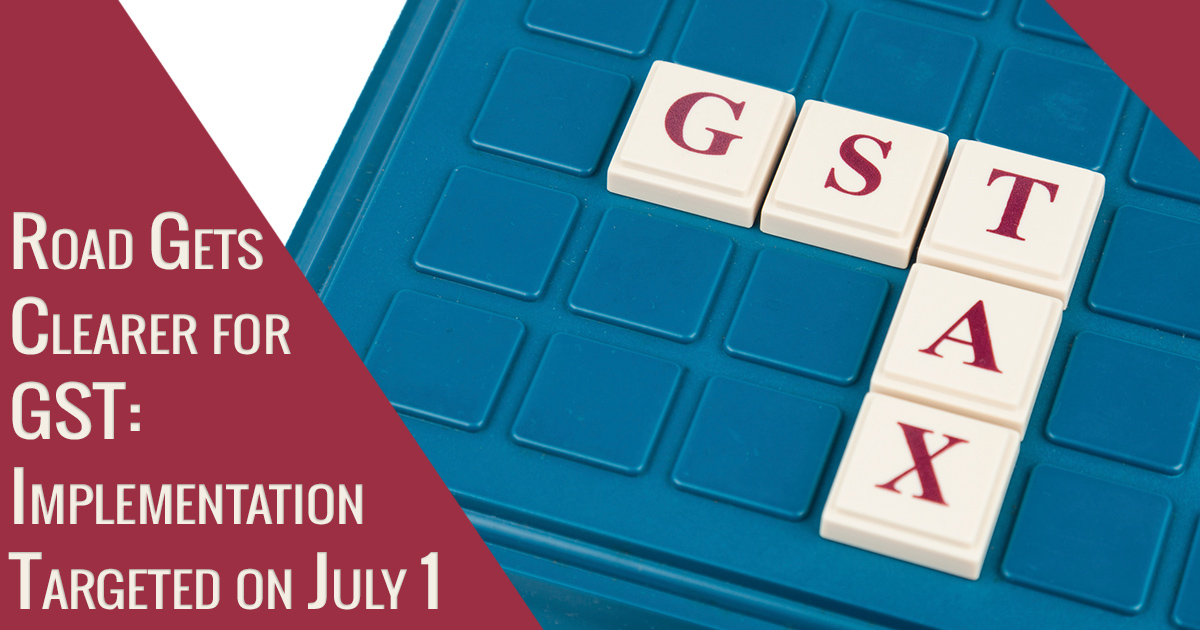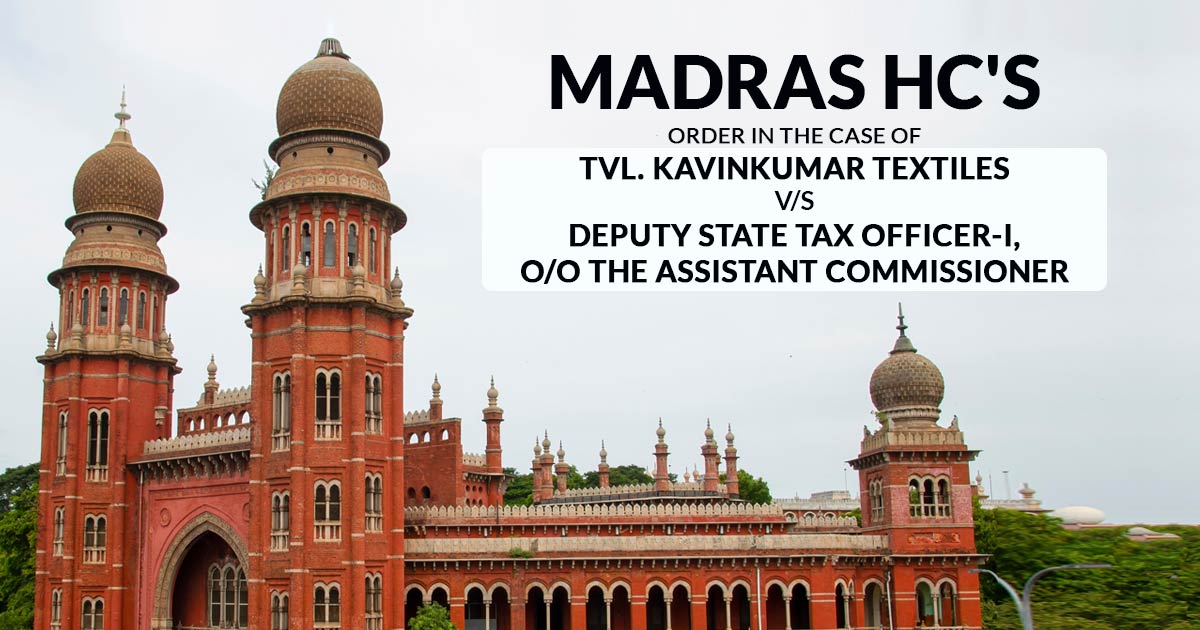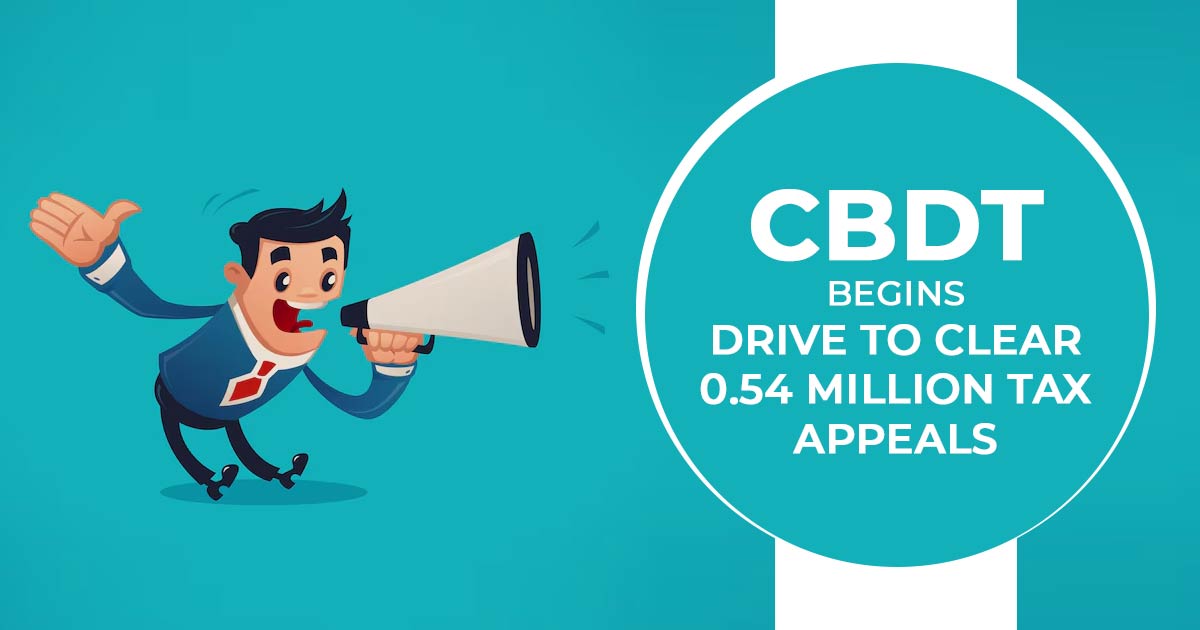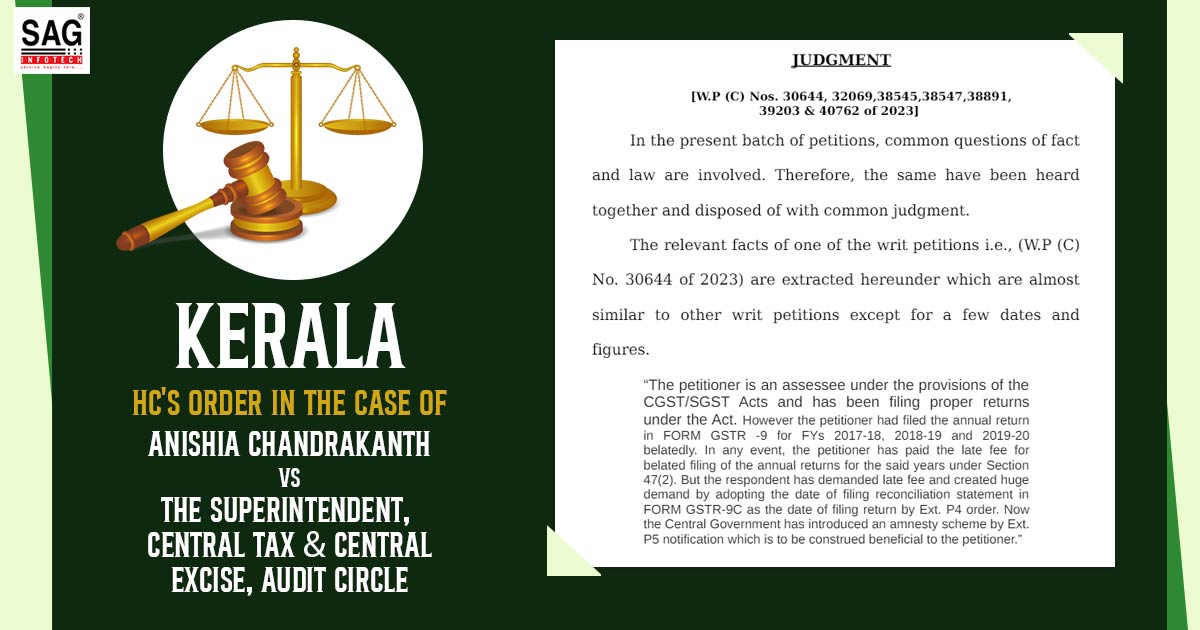In a noteworthy leap forward on GST front, the Center and the states ended up with an agreement on the hostile double control issue on its eighth meeting at New Delhi to make a ground for the roll-out of the greatest assessment change from 1 July 2017, said Finance Minister Arun Jaitley.
Finance Minister Arun Jaitley, who heads the GST Council, spoke to media persons and authorities from finance services, told that a choice has been touched base at on the cross empowerment and double control issue of GST. India will probably have the capacity to reveal the goods and service tax (GST) from July 1 taking a leap forward over the apparently resistant issue of expense organization after the Center suited states’ worries.
Read Also: GST Network: Role of GST Suvidha Provider in India
The Center would evaluate 50 percent of the assessees under Rs 1.5 crore yearly turnover and the states under other 50 percent. As much as 90 percent of the assessees with not as much as Rs 1.5 crore yearly turnover will go under the states and the adjust 10 percent under the Center. Arun Jaitley said in a statement that, “The states would do 50 per cent of assessees above Rs 1.5 crore turnover and 90 per cent of less than Rs 1.5 crore turnover. The Centre would get to assess 50 per cent of above Rs 1.5 crore turnover and 10 per cent of less than Rs 1.5 crore turnover.”
Both sides consented to surrender some space to land at an understanding that escaped the GST Council during the last six gatherings. On the issue of double control where states needed selective control over little sections, with a yearly turnover of Rs 1.5 crore, the gathering concurred on an equation which will see states regulate and control 90% of the littler bodies, with the staying going under the Center’s domain. Several ministers, including West Bengal Finance Minister Amit Mitra, are seen to have protested the 90:10 proportion of division between the states and the Center, rather looking for selective control over all duty assessees underneath the yearly turnover edge of Rs 1.5 crore.
Recommended: GST Preparation Steps for Indian Companies and Traders
Amit Mitra said that, “As far as the dual control is concerned, the Centre has come, finally, very close to the position that the empowered committee had taken, where under Rs 1.5 crore, all goods, all deemed goods, and the decision taken on which I had to put a dissent, that 90 per cent of all goods and services will be with the states. Only 10 per cent of services is with the Centre, on which I had to dissent because I wanted 100 per cent. So we have come very close to 100 per cent but unless it is 100 per cent, I was constrained to dissent, because I wanted that extra 10 per cent.”. For substances with yearly turnover over the Rs 1.5 crore limit, the Center and states will share control similarly but finance attends Arun Jaitley declared every citizen would need to manage just a single organization and be evaluated once.
Viewed as one of India’s most clearing changes since Independence, GST will transform the nation into a typical market by expelling state taxes that go about as a hindrance to free development of commodities and enterprises. The agreement will come as a help to the Center after worries that the November 8 demonstration may make states set up their cost. Undoubtedly, the naturally ordered timetable requires GST must be set up by September at the most recent.
On the second disagreeable issue of exacting assessment on the high seas – or inside 12 nautical miles of the coast – the GST Council chose to oblige the states, which needed to hold the ability to impose financial movement in spite of the fact that it kept up that naturally, the Center had purview over territorial waters.
The Center additionally surrendered ground on tax collection rights over the ocean and territorial waters stretching out to 12 nautical miles fall under the control of the union government. However, according to the tradition, states will be engaged to gather assets on any monetary action in this zone. In any case, he included that the main issue hanging was that of the board sorting different merchandise and enterprises under various GST rate levels. The GST board has chosen a four-level GST rate structure—5 percent (merit products), 12 percent ( down band of standard rate), 18 percent (higher band of standard rate) and 28 percent in addition to (demerit rate goods).











